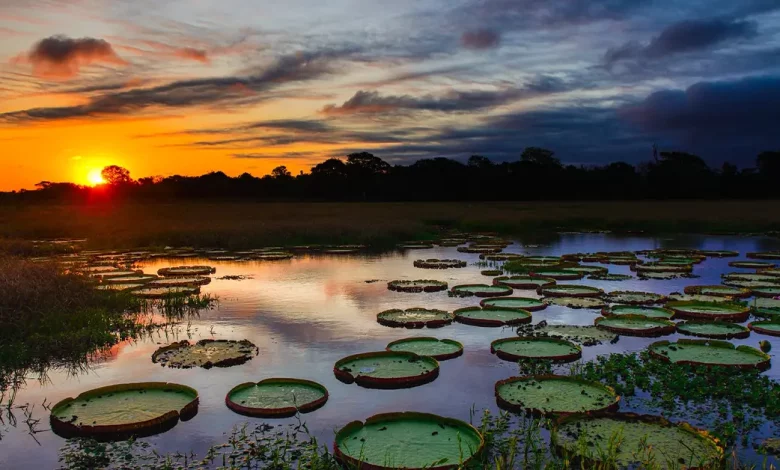Daily Current Affairs for UPSC
World Wetlands Day 2024
Syllabus: Environment and Biodiversity[GS Paper-3]

Context: The Ministry of Environment, Forest & Climate Change and the Government of Madhya Pradesh jointly hosted a national event at Sirpur Lake, Indore to commemorate World Wetlands Day in 2024.
Key Points:
- The 2024 World Wetlands Day encourages that we all need to preserve wetlands to foster human wellbeing.
- The functions which can be attributed to wetlands include flood mitigation, clean water, biodiversity, and recreation.
- It was also marked by three publications- guidelines on wetland protection, a wetland monitoring tool and a Ramsar Sites India Plant Diversity Compendium.
- The lights shed by the publications will guide the wetlands authorities and managers.
- Also, two brochures were issued as a focus on the initiatives of the country which are designed in regard to the conservation of the wetland and the role of the Biodiversity Management Committees close to the Ramsar Site.
World Wetlands Day (WWD):
- India has added five more wetlands as Ramsar sites to reach a total of 80.
- The sites were declared on the eve of World Wetlands Day which every year falls on February 2 nd to mark the ratification of the Ramsar Convention.
- Among all the newly acquired sites, three of them are in Karnataka and the other two are in Tamil Nadu.
- The inclusion of these wetland areas makes the total Ramsar sites area in India 1.33 million hectares.
- Tamil Nadu has the highest number of Ramsar sites in the country which is seventeen then Uttar Pradesh.
- The Ramsar Convention defines wetlands of international importance according to certain criteria connected with their distinct wetland types and their value for conservation of biological diversity.
About Ramsar site:
- Wetlands, characterised by their water-covered landscapes, may contain saltwater, freshwater, or a combination of both, and can exist either temporarily or permanently.
- These unique ecosystems function independently, playing a crucial role in supporting diverse forms of life.
- Located in Ramsar, Iran, this wetland holds significant value as it has been designated as a site of international importance under an environmental treaty signed in 1971.
- This treaty, initiated under the guidance of UNESCO, aims to promote the conservation and sustainable utilisation of wetlands.
- Recognizing the significance of this treaty, India ratified it on the 1st of February in 1982.
Sirpur Lake, Indore:
- The Sirpur Wetland is a man-made wetland that has developed natural characteristics over time.
- It is known as a bird sanctuary and is a shallow lake that floods during the monsoon season.
- The wetland is home to a variety of plants and animals, including endangered species.
- It supports a large number of waterbirds during the winter and provides resources for the surrounding communities.
- Additionally, it helps regulate the local climate and protects against flooding.
Conclusion:
The preservation of wetlands is crucial for protecting biodiversity and supporting human life by maintaining their ecosystems and the services they provide. Therefore, it is significant to prioritise nature tourism in these Ramsar sites.
Source: News 18





.png)



